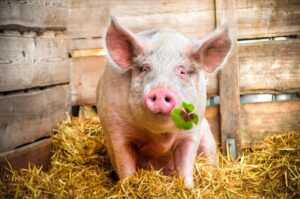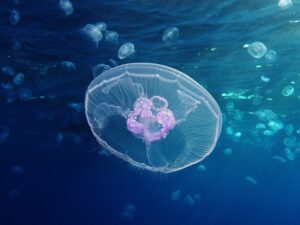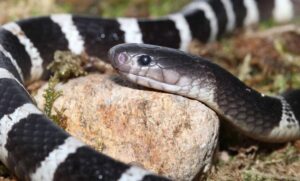Civet cats, male deer, and beavers all carry essential musk that is used to create unique perfumes. Few people know that in addition to plants, the scents of perfumes can also be created from special animal-derived products. The Animals That Smell Good list below from KnowAllAnimals will prove it to you.
1. Top 5 Animals That Smell Good: Amazing Creatures with Natural Fragrance
Some animals are fascinating not only for their appearance or unique behaviors but also for the natural fragrance their bodies emit. From musk deer to other tiny creatures, each species possesses a unique scent, bringing an interesting surprise to scientists and nature lovers. Here is a list of Animals That Smell Good; let’s explore them:
1.1. Ambergris
This perfumery material, with its elegant name, is a substance produced in the digestive system of sperm whales. The exact cause of its formation is not yet definitively known. However, many researchers agree that ambergris is synthesized by sperm whales to help with the digestion of indigestible food in their stomachs.
Ambergris is expelled by sperm whales into the environment as foul-smelling lumps of waste. After a period, the oxidized ambergris transforms into a very pleasant and captivating fragrance.
Perfumers have adopted this ingredient, turning ambergris into a material for producing fragrances. When heated in alcohol, the white ambrein crystals are separated from the ambergris.
Afterward, all that’s needed is to oxidize the ambrein to obtain ambrox and ambrinol, two key ingredients for perfume production.
Ambergris is a very rare substance, found in only 1% of sperm whales. Therefore, it is used only to produce high-end and very expensive perfumes.
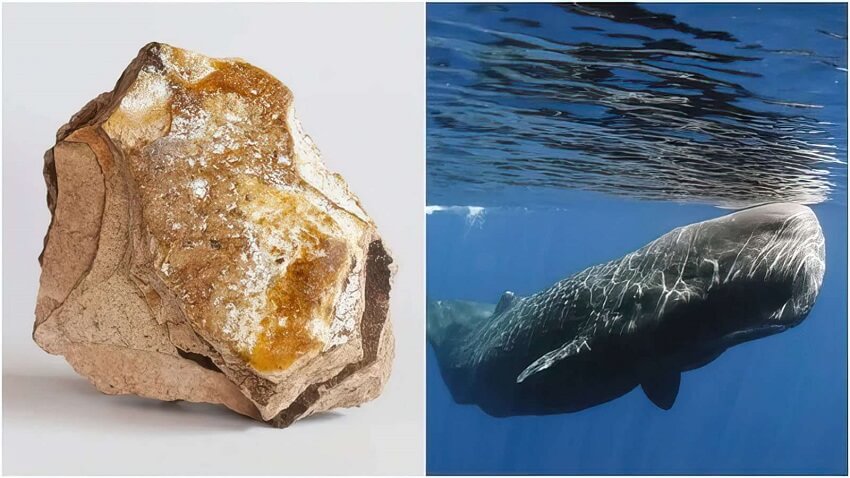
1.2. Musk from Male Deer
Musk is found in the musk deer, which lives mainly in Northern Asia, particularly the Himalayas. This is a small, solitary, and very shy animal that lacks antlers.
To compensate for the absence of antlers, male musk deer carry a special chemical that helps them attract mates. They store this valuable substance in a small furry pouch in front of their genitals.
These compounds are highly fragrant and have caught the attention of perfumers. The musk deer’s fur pouch is dried, minced, and placed into a strong alcoholic solution. Perfumers then let it macerate for months or even years. The result is a compound with a gentle, sweet fragrance that is particularly long-lasting.
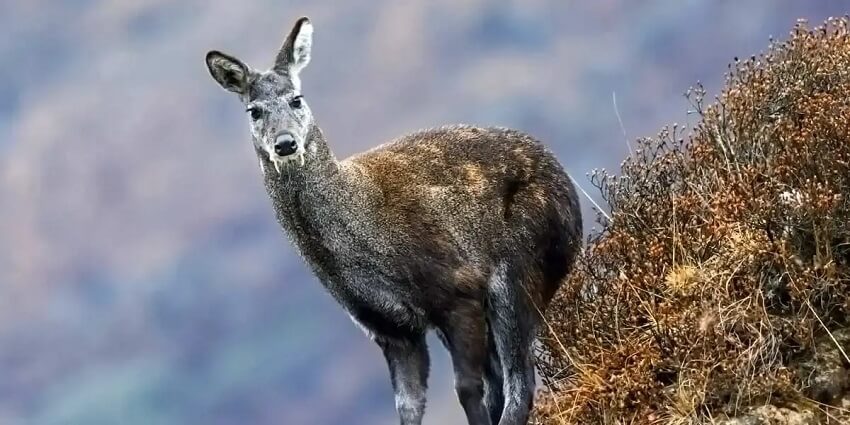
1.3. Civet Musk (Civet)
Unlike musk from deer, civet musk is a buttery-yellow paste that darkens over time. This substance is secreted from the perineal glands of the civet and is harvested by humans in a dried, solid form.
In its raw state, this musk has an extremely strong and pungent, almost fecal odor. However, when diluted with alcohol, it produces a sweet, gentle, and floral-like scent.
Today, civet musk is used in perfume production as a finely ground powder. It’s estimated that 500g of this substance can be stored and used for up to four years without any loss in quality.
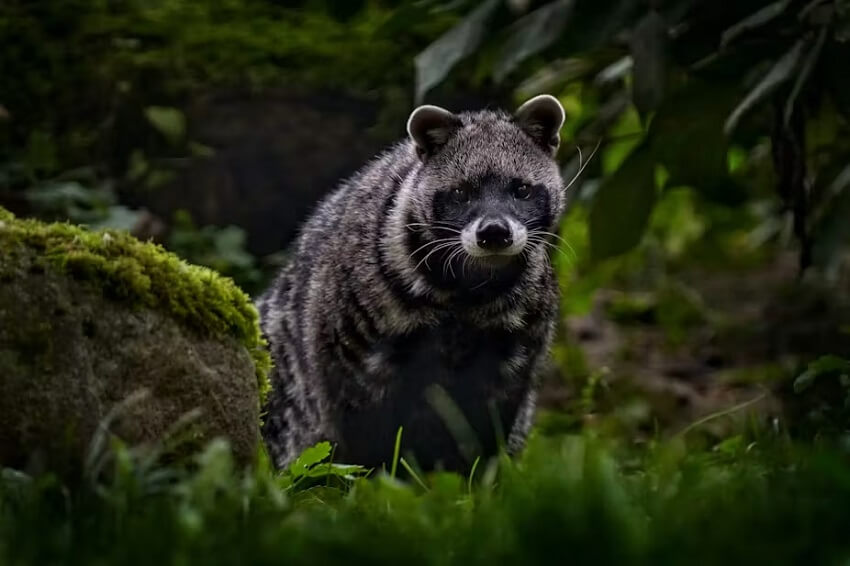
1.4. Castoreum from Beaver
Beavers are notorious for being territorial and aggressive toward trespassers. They use a mixture of mud, debris, and Castoreum to mark the entire length of their territory.
Castoreum is produced by beavers in a pair of small sacs located inside their bodies, between the pelvis and the tail.
In the perfume industry, this substance is used as a very special ingredient. The sacs containing Castoreum are smoked or sun-dried to preserve them. At this point, the Castoreum develops a mellow, sweet fragrance.
In addition to creating a unique scent, perfumes containing Castoreum can create a pleasant sensation on the skin and act as an anti-irritant for the user.
Furthermore, Castoreum has also been used to treat various ailments, such as headaches and epilepsy, as it contains salicylic acid, similar to aspirin.
Unfortunately, to obtain Castoreum, beavers must be killed.
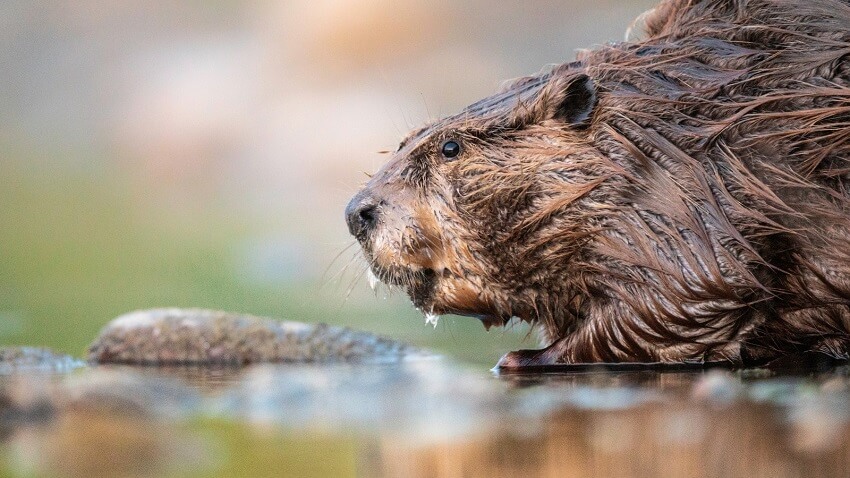
1.5. Hyraceum from Hyrax
Hyraceum is the petrified waste of the hyrax. This is a medium-sized animal that looks quite similar to a guinea pig. They live in herds of 10-80 individuals.
A fascinating thing about this species is that the entire herd typically defecates in the same location. This makes it simple for humans to harvest a large amount of the “product” at once.
Hyraceum is a hard, brown substance. When broken, it yields a dark, oily liquid with a strong, complex, and fermented odor.
Just like the extracts obtained from other animals, Hyraceum is an excellent fixative for perfumes.
While these animals contribute to the creation of expensive perfumes, many of them have to sacrifice their lives to serve human desires. Therefore, we must balance the development of the perfume industry with ensuring the continued existence of these wild animals.
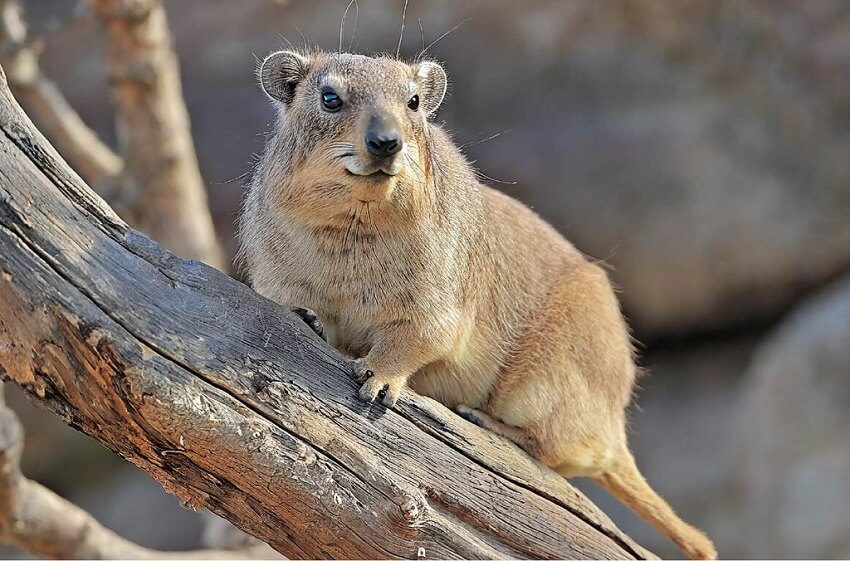
2. FAQs
1. What is ambergris and how is it formed?
Ambergris is a substance produced in the digestive system of sperm whales. After being excreted and oxidized, it transforms into a pleasant-smelling compound used as a high-end fragrance ingredient in the perfume industry.
2. How do male deer produce musk and why is it used in perfume?
Musk is secreted by male musk deer from a small, furry pouch located near their genitals. After processing, this compound has a sweet, gentle, and long-lasting scent, making it highly sought after for perfume production.
3. What’s interesting about civet musk?
Raw civet musk has a very pungent, fecal-like odor. However, when properly diluted and processed, it produces a sweet, mild fragrance—often used in powdered perfumes.
4. What are the special applications of castoreum from beavers?
Castoreum is secreted from a gland near a beaver’s tail and develops a sweet, pleasant scent after being smoked or dried. Besides its use in perfumery, it also has a soothing effect on the skin and is used in traditional medicine because it contains salicylic acid.
5. What is hyraceum from hyrax and why is it valuable?
Hyraceum is the petrified waste of the hyrax. It is a brown substance that, when broken, releases a complex, fermented-smelling oil. It is a valuable ingredient in perfumery for its ability to add depth to a fragrance.
3. Conclusion
The animal kingdom is not only beautiful and wondrous, but also holds incredibly alluring scents. From the ambergris of sperm whales and musk from deer and civets, to the castoreum of beavers and hyraceum from hyrax—all prove that nature is an endless source of inspiration for the perfume industry. However, over-harvesting also means risking the loss of these precious species. We need to strike a balance between development and conservation to preserve the harmonious beauty of our planet.
We hope that this article, “Top 5 Animals That Smell Good Amazing Creatures with Natural Fragrance” from Know All Animals has provided you with useful and accurate information. Thank you for reading our article.

